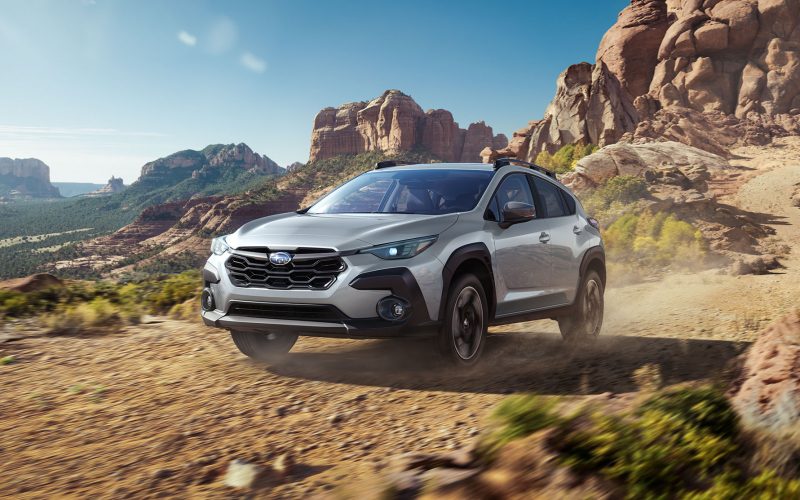
Reading Time: 3 minutesThe 2024 Subaru Crosstrek has arrived, ready to captivate Canadian drivers with its ruggedly athletic design,
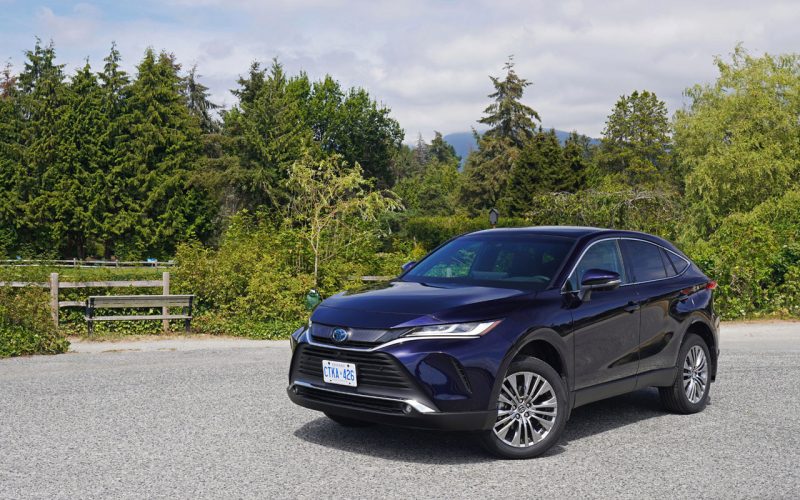
Reading Time: 13 minutesIt’s been about a year since I got back behind the wheel of Toyota’s completely rethought
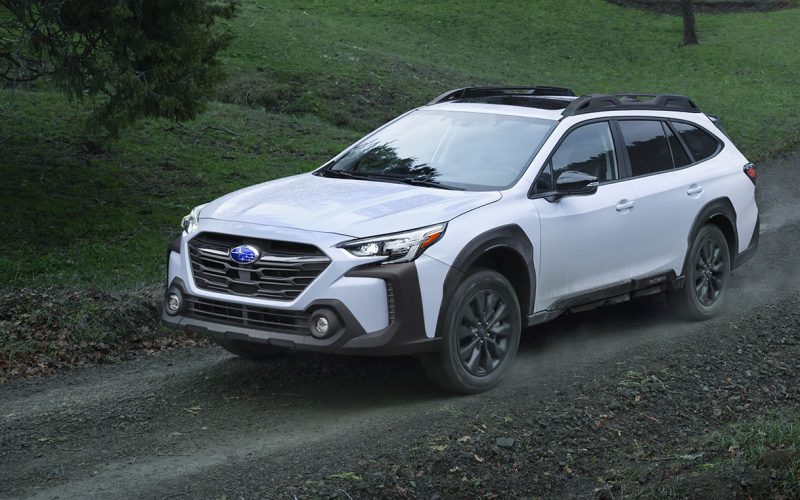
Reading Time: 7 minutesAmid the best month of Outback sales Subaru Canada has ever had, resulting in 3,455 units
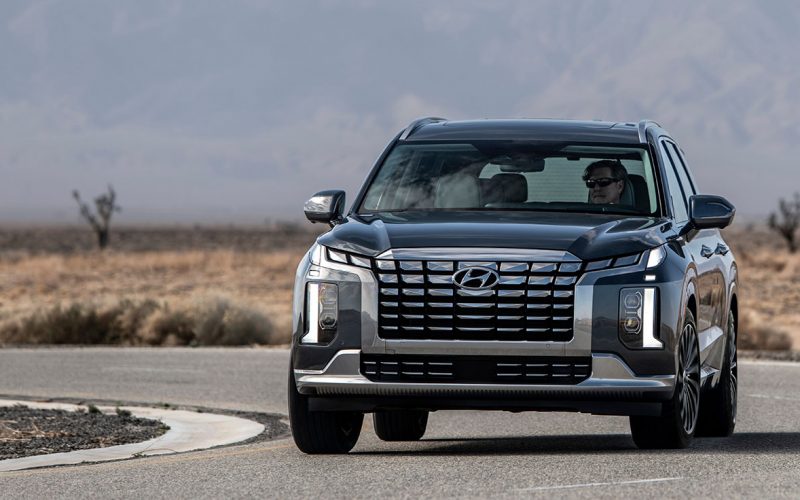
Reading Time: 8 minutesAfter three years in the Canadian auto market, the Hyundai Palisade will get a refresh for
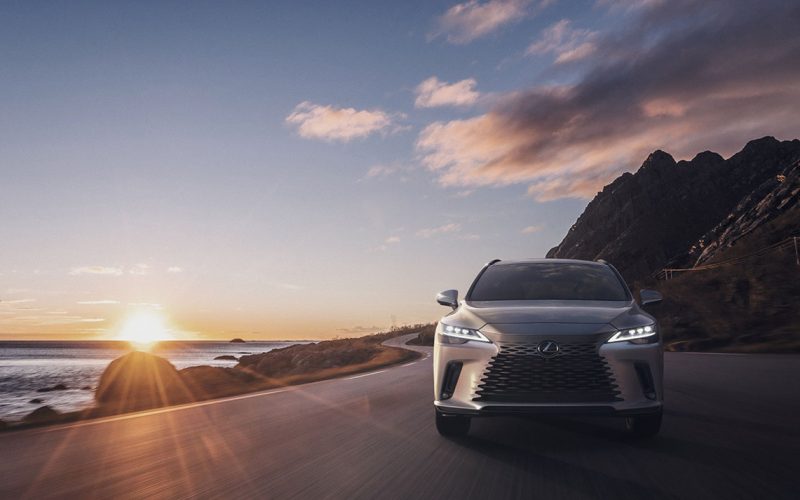
Reading Time: 9 minutesSeven years have passed since Lexus introduced its fourth-generation RX, and while a dramatic departure stylistically
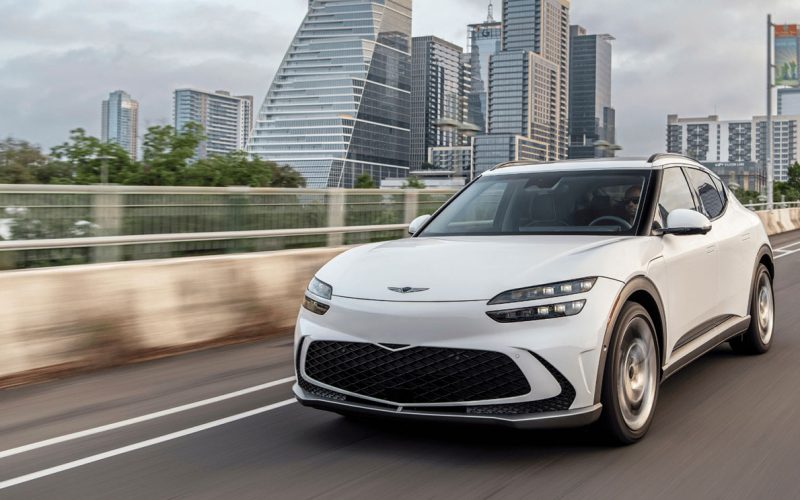
Reading Time: 9 minutesIf you’ve been fortunate enough to spend time in Hyundai’s new Ioniq 5 EV or sister
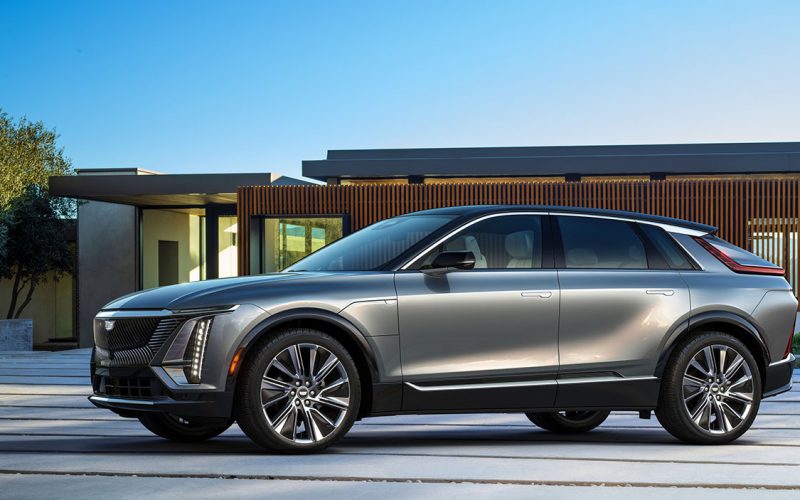
Reading Time: 7 minutesWhen the 2023 Cadillac Lyriq arrives this fall, it will be price below $70k, including destination
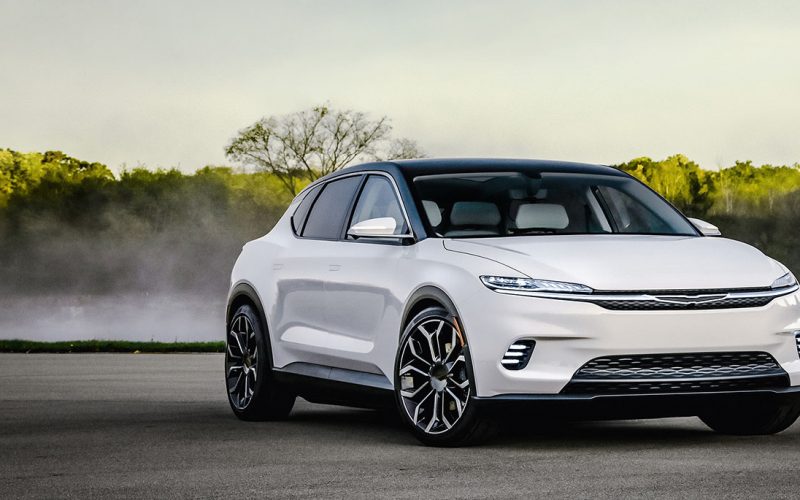
Reading Time: 8 minutesAfter the Italian-American conglomerate Fiat Chrysler Automobiles and France’s PSA Group morphed into Stellantis last year,
© 2025 The Car Magazine. All Rights Reserved, Privacy Policy | Terms of Use